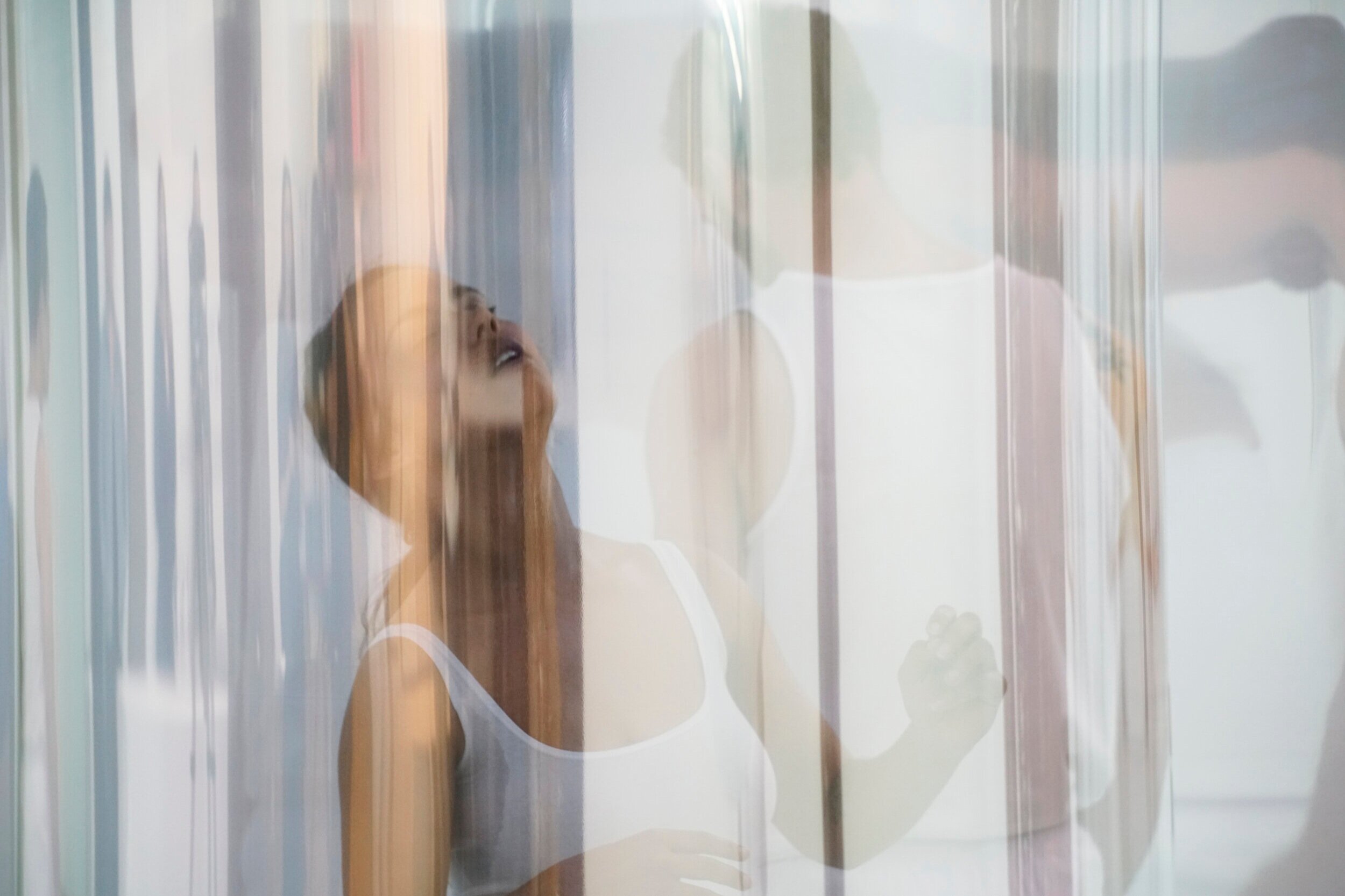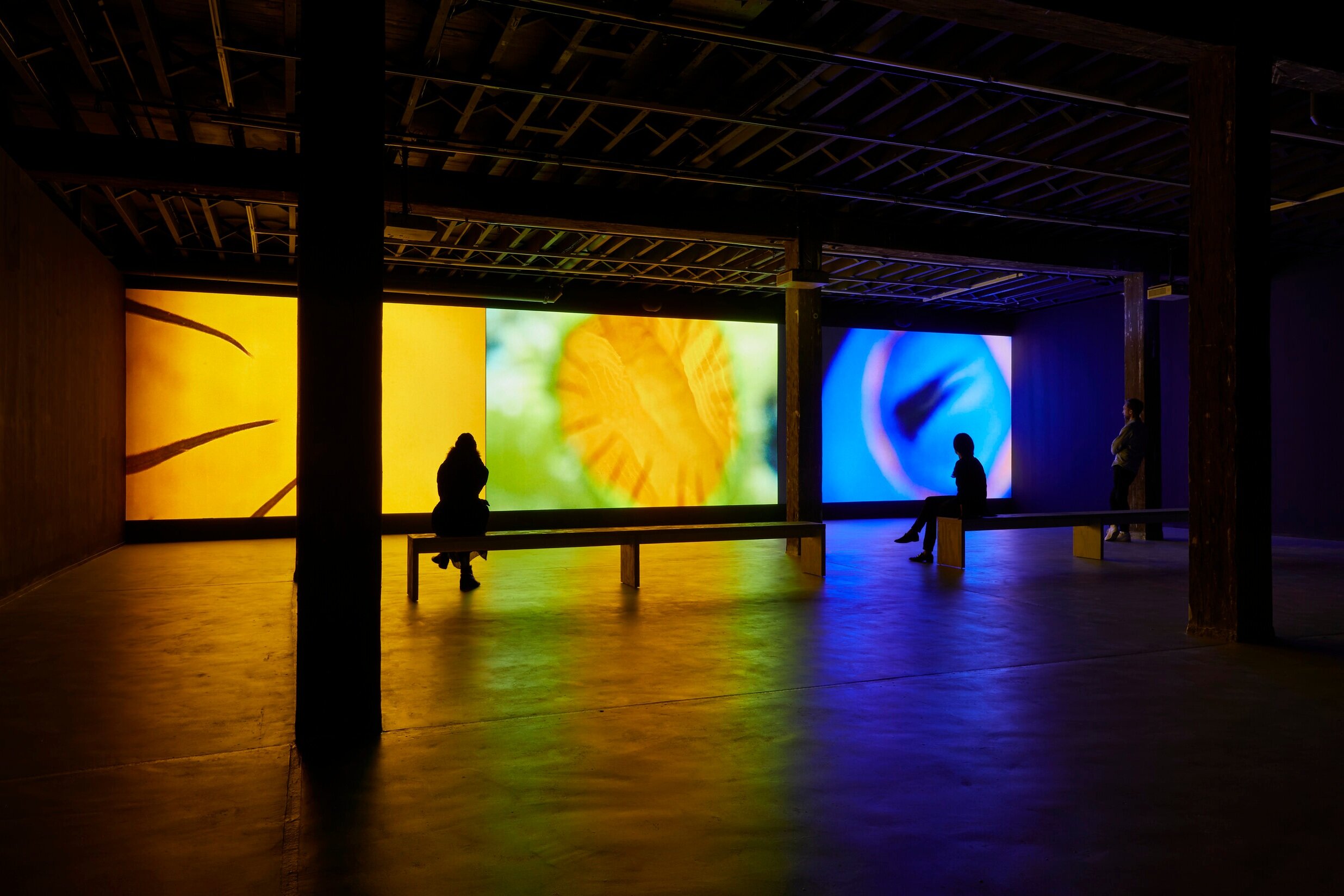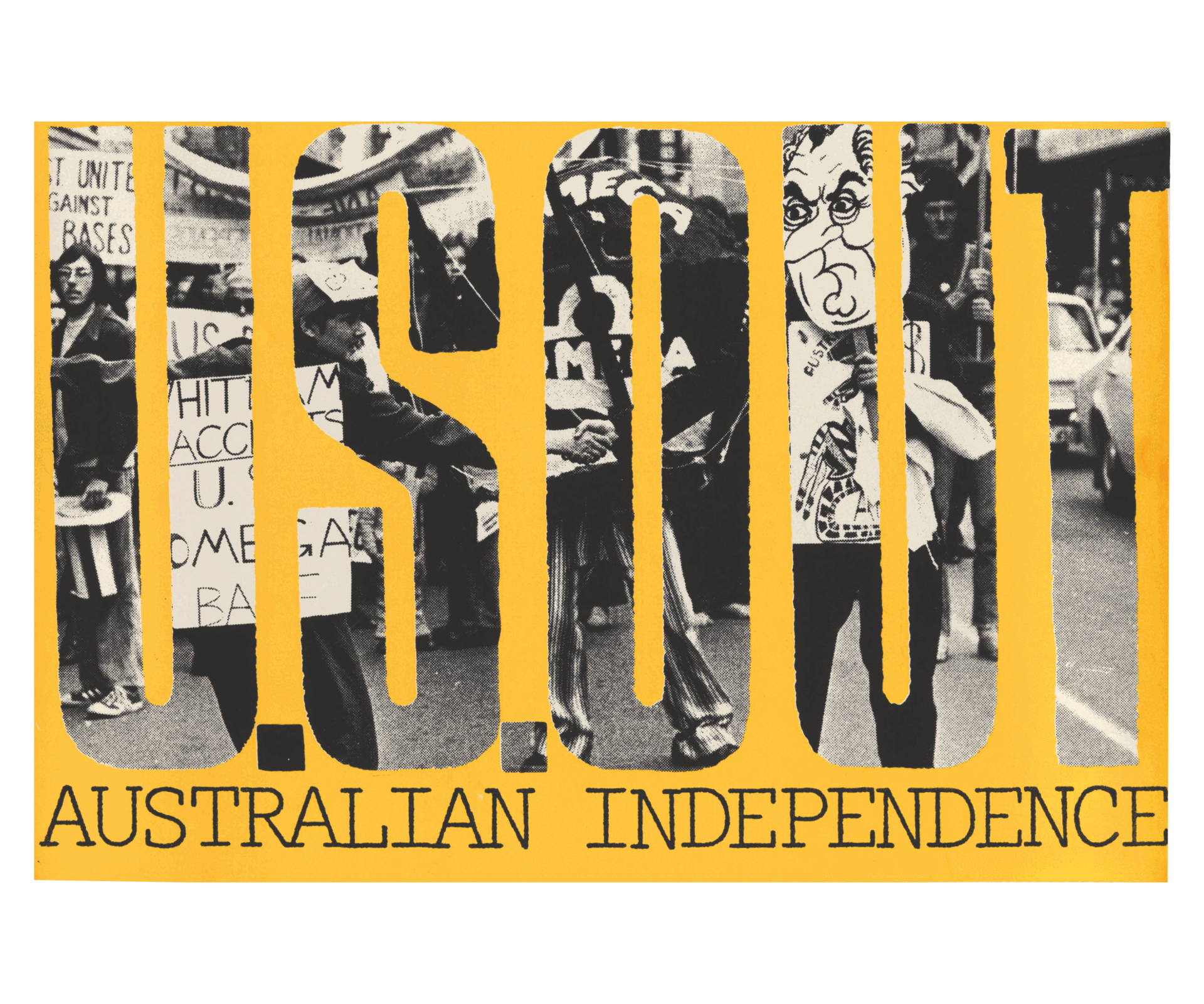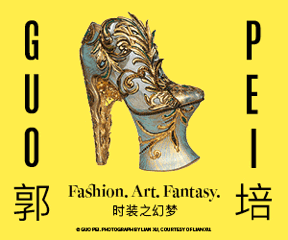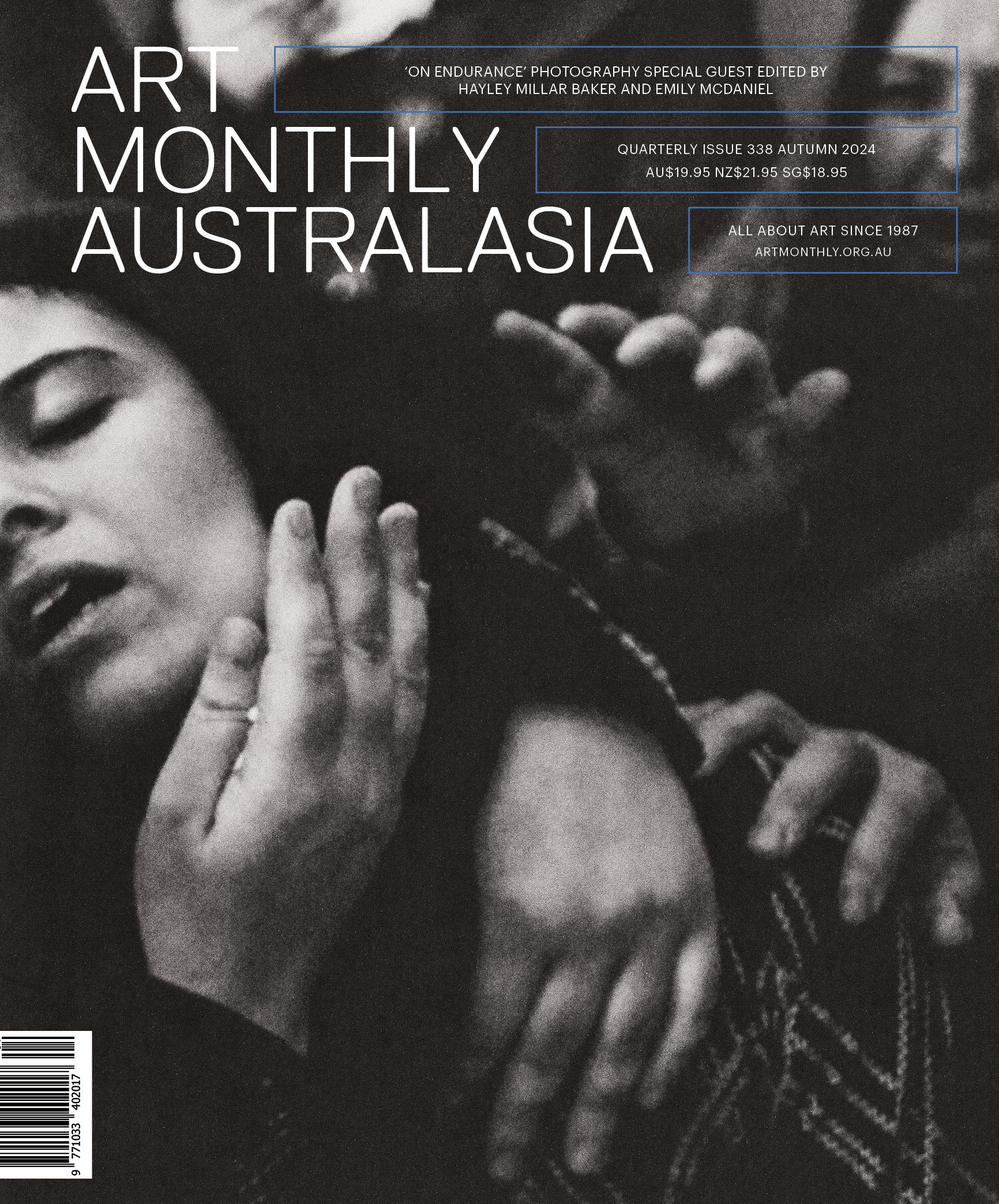Altered states of consciousness in Mel O’Callaghan’s ‘Centre of the Centre’
/The current global pandemic has forced us to interrogate and transform many aspects of our daily lives that once seemed beyond question. The most significant philosophical and ethical lesson for a post-COVID world, however, is undoubtedly the extent to which the coronavirus has revealed just how closely the fate of the individual and the collective are intertwined. In our current issue, Paris-based curator and writer Anabelle Lacroix identifies this relationship between self and other as a central component of Mel O’Callaghan’s solo exhibition ‘Centre of the Centre’, on show at UQ Art Museum, Brisbane (until 16 January 2021 before continuing its Australian tour through Museums & Galleries of New South Wales): ‘Dealing with the origins of life and altered states of consciousness, O’Callaghan’s exhibition places experience at the core of the work’, exploring concepts of ‘movement, experience and duration … as well as that of ambience [as] a position that comes not from but through a field of multiple references’.
It is from this ambience, Lacroix explains, ‘a flattening of hierarchies … in which each part is equally important’, that the radical potential of the exhibition emerges. ‘In an age where our very thoughts and emotions have been invaded by the commodifying logic of capitalism, ideas of altered states of consciousness … have become political’, and the ambient fusion of experiences in O’Callaghan’s exhibition offers a transgressive template for a worldview ‘that celebrates all forms of life, known and unknown, of the ones close to us and those on the edge of consciousness’.
Isolated in our homes and barred from travelling beyond our immediate surroundings, our present state is undoubtedly one with the potential to profoundly alter our consciousness of the world, our neighbours and ourselves. As Lacroix suggests, we are faced with a choice: do we fall back now on our old habits of conspicuous consumption, taking what comfort we can in the material possessions with which we surround ourselves? Or should we use this as an opportunity to explore new modes of being together, and new forms of communication?
In Centre of the Centre (2019), a 20-minute video created over two years in collaboration with Daniel Fornari of the Woods Hole Oceanographic Institution, Massachusetts, and music psychotherapist Sabine Rittner of the University Hospital of Heidelberg in Germany, among others, O’Callaghan plumbs the depths of the Pacific Ocean, including the life cycle of the coco worm (Protula magnifica). Projected across the gallery wall, this tiny inhabitant of the Verde Island Passage in the Philippines, the ‘centre of the centre of all marine biodiversity’, assumes spectacular proportions, ‘glowing, vibrating and radiating with diffracted light [that] is truly hypnotic’. This meeting of microcosm and macrocosm is further reinforced by performances of ‘breath-induced trance’ that take place within the adjacent exhibition space, ‘the shaking movement of the performers, their endurance and the increased intensity of breath [offering] a reminder of our own physical limits, as well as invoking the creation of life’.
The message of O’Callaghan’s exhibition, as of the current global pandemic, seems clear: we are all connected, whether we like it or not. From our homes to our neighbourhoods, cities, countries, regions, even our shared species and global ecosystem, we can either continue on the destructive path we have set for ourselves or, following O’Callaghan’s example, we can seek an altered state that puts the origins of life in a broader philosophical perspective.
Dr Alex Burchmore, Publication Manager












